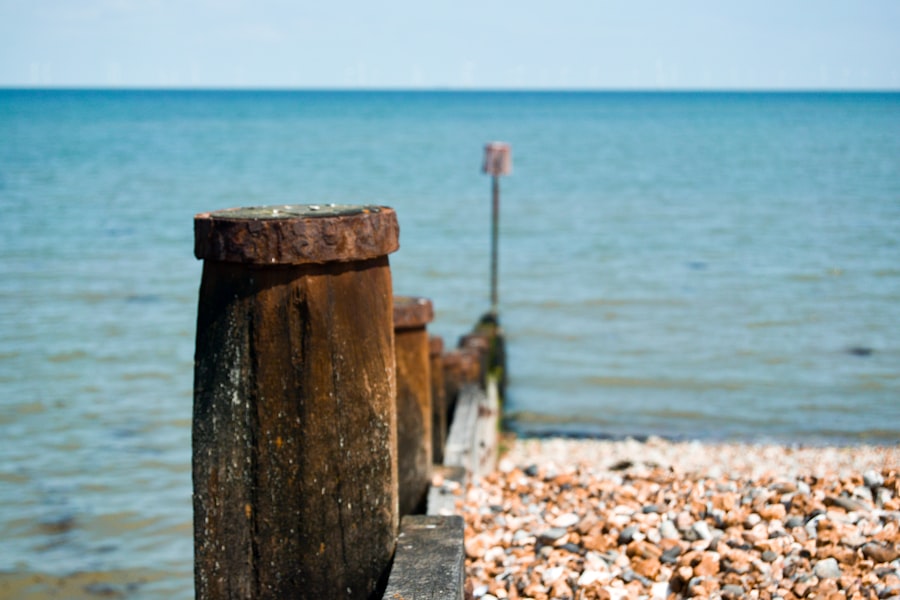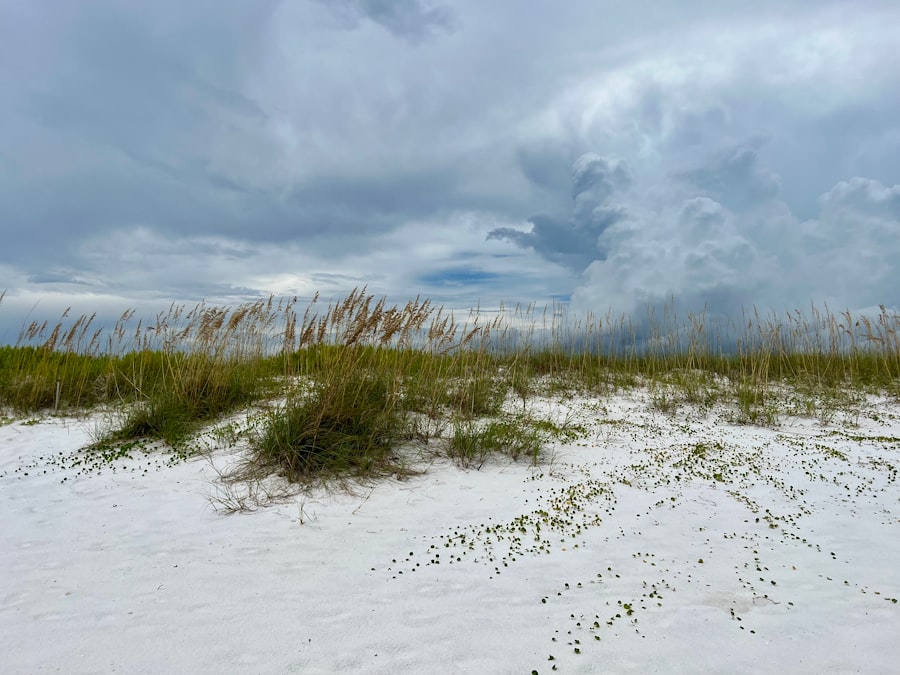Download links
How to install Paradise Found: Rediscovering Boracay's Beauty APK?
1. Tap the downloaded Paradise Found: Rediscovering Boracay's Beauty APK file.
2. Touch install.
3. Follow the steps on the screen.
Description
Boracay, a small island in the Philippines, has long been celebrated for its stunning beaches and vibrant nightlife. However, in 2018, the island faced a significant crisis that led to its temporary closure for rehabilitation. The Philippine government recognized the urgent need to address the environmental degradation caused by over-tourism, unregulated development, and inadequate waste management.
This closure marked a pivotal moment in Boracay’s history, allowing for a comprehensive overhaul of its infrastructure and policies aimed at restoring its natural beauty and ecological balance.
Authorities implemented strict regulations on construction, limited the number of tourists allowed on the island, and improved waste management systems.
The island’s reopening in October 2018 was not just a return to business as usual; it symbolized a new beginning for Boracay, one that prioritized sustainability and environmental preservation. The government, along with local stakeholders, aimed to create a model for responsible tourism that could serve as an example for other popular destinations facing similar challenges. This rebirth was not merely about restoring Boracay’s physical landscape but also about redefining its identity as a destination that values both its natural resources and the well-being of its local communities.
Key Takeaways
- Boracay has undergone a rebirth, with efforts to restore and revitalize the island’s natural beauty and resources.
- Sustainable tourism initiatives are being implemented to preserve the island’s environment and promote responsible travel practices.
- The famous white sand beaches of Boracay are being rediscovered and protected through conservation efforts and responsible tourism practices.
- The island’s underwater wonders, including marine life and coral reefs, are being explored and protected through conservation and sustainable tourism efforts.
- Farm-to-table initiatives and sustainable dining options are being promoted to support local cuisine and reduce the environmental impact of food consumption on the island.
Preserving the Natural Beauty: Sustainable Tourism Efforts
The commitment to sustainable tourism in Boracay is evident in the various initiatives that have been put in place since the island’s rehabilitation. One of the most significant efforts has been the establishment of a carrying capacity limit for tourists. By regulating the number of visitors allowed on the island at any given time, authorities aim to prevent overcrowding and minimize the environmental impact associated with mass tourism.
This approach not only helps preserve the island’s delicate ecosystems but also enhances the overall visitor experience by reducing congestion on beaches and in popular attractions. In addition to visitor limits, Boracay has seen improvements in waste management practices. The local government has invested in modern waste treatment facilities and has implemented strict regulations on littering and waste disposal.
Educational campaigns have been launched to raise awareness among both tourists and residents about the importance of keeping the island clean. These efforts are complemented by community-led initiatives, such as beach clean-up drives and tree-planting activities, which engage locals and visitors alike in preserving Boracay’s natural beauty. By fostering a culture of environmental stewardship, Boracay is setting a precedent for how tourism can coexist harmoniously with nature.
Rediscovering Boracay’s White Sand Beaches

Boracay is renowned for its powdery white sand beaches, particularly White Beach, which stretches for over four kilometers along the western coast of the island. The beach’s pristine sands and crystal-clear waters have made it a favorite among travelers seeking sun, sea, and relaxation. However, the rehabilitation efforts have not only focused on managing tourist numbers but also on restoring the beach’s natural allure.
Following the closure, extensive clean-up operations were conducted to remove debris and pollutants that had accumulated over years of neglect. The result is a revitalized shoreline that invites visitors to bask in its beauty once more. Beachfront establishments have been encouraged to adopt eco-friendly practices, such as using biodegradable materials and minimizing plastic waste.
This shift towards sustainability has transformed White Beach into a more serene environment where visitors can enjoy the natural landscape without the distractions of excessive commercialization. The emphasis on preserving the beach’s integrity has also led to increased awareness about responsible behavior among tourists, who are now more conscious of their impact on this idyllic setting.
Exploring Boracay’s Underwater Wonders: Marine Life and Coral Reefs
| Marine Life | Coral Reefs |
|---|---|
| Clownfish | Staghorn Coral |
| Sea Turtles | Brain Coral |
| Octopus | Table Coral |
| Seahorses | Fire Coral |
Beyond its stunning beaches, Boracay is home to a rich underwater ecosystem that is often overlooked by visitors. The waters surrounding the island are teeming with diverse marine life, including vibrant coral reefs that serve as habitats for countless species of fish and other marine organisms. Recognizing the importance of these underwater treasures, conservation efforts have been ramped up to protect and restore coral reefs that have suffered from bleaching and damage due to human activity.
Diving and snorkeling have become popular activities for tourists eager to explore Boracay’s underwater wonders. Local dive shops offer guided tours to some of the best dive sites around the island, where visitors can witness firsthand the beauty of coral gardens and encounter marine species such as clownfish, sea turtles, and even reef sharks. These experiences not only provide unforgettable memories but also foster a deeper appreciation for marine conservation among participants.
Educational programs are being developed to inform tourists about the significance of coral reefs and the threats they face, encouraging responsible practices such as not touching or stepping on corals while snorkeling or diving.
Sustainable Dining and Local Cuisine: Farm-to-Table Initiatives
The culinary scene in Boracay has also undergone a transformation in line with sustainable tourism efforts. Many restaurants are now embracing farm-to-table initiatives that prioritize locally sourced ingredients. This shift not only supports local farmers but also reduces the carbon footprint associated with transporting food from distant locations.
Diners can enjoy fresh seafood caught by local fishermen or vegetables grown in nearby farms, all while savoring dishes that reflect the rich flavors of Filipino cuisine. In addition to promoting local produce, many establishments are adopting eco-friendly practices in their operations. This includes minimizing food waste through creative menu planning and composting organic materials.
Some restaurants even engage in community-supported agriculture (CSA) programs, allowing customers to subscribe to regular deliveries of fresh produce from local farms. By connecting diners with the source of their food, these initiatives foster a sense of community and encourage a more sustainable approach to dining.
Eco-Friendly Accommodations: Responsible Tourism Options

As travelers become increasingly conscious of their environmental impact, eco-friendly accommodations have gained popularity in Boracay. A growing number of hotels and resorts are implementing sustainable practices that align with responsible tourism principles. These establishments often feature energy-efficient designs, utilize renewable energy sources such as solar power, and implement water conservation measures to reduce their ecological footprint.
Many eco-friendly accommodations also prioritize community engagement by employing local staff and sourcing materials from nearby suppliers. This not only supports the local economy but also enhances the authenticity of the guest experience. Visitors can immerse themselves in Boracay’s culture while enjoying modern comforts in an environmentally responsible setting.
Some resorts even offer educational programs that teach guests about sustainability practices they can adopt during their stay and beyond.
Community Engagement and Empowerment: Supporting Local Initiatives
The rehabilitation of Boracay has placed a strong emphasis on community engagement and empowerment as essential components of sustainable tourism. Local residents have been actively involved in decision-making processes regarding tourism development and environmental conservation efforts. This participatory approach ensures that the voices of those who call Boracay home are heard and considered in shaping the future of their island.
Various community initiatives have emerged as a result of this engagement, focusing on areas such as waste management, conservation education, and cultural preservation. For instance, local organizations have been established to promote traditional crafts and skills among residents, providing them with opportunities to showcase their talents to visitors while preserving their cultural heritage. By supporting these initiatives, tourists contribute directly to the livelihoods of local artisans and craftsmen, fostering a sense of pride within the community.
The Future of Boracay: Balancing Tourism and Conservation
Looking ahead, the future of Boracay hinges on finding a delicate balance between tourism growth and environmental conservation. As global travel continues to rebound post-pandemic, there is an opportunity for Boracay to redefine itself as a leader in sustainable tourism practices. The lessons learned from its rehabilitation can serve as a blueprint for other destinations grappling with similar challenges.
To ensure long-term sustainability, ongoing monitoring and evaluation of tourism impacts will be crucial. This includes assessing visitor numbers, environmental health indicators, and community well-being metrics.
In conclusion, Boracay’s journey from crisis to rebirth exemplifies how tourism can evolve into a force for good when guided by principles of sustainability and community empowerment. As travelers seek more meaningful experiences that align with their values, Boracay stands poised to offer an authentic blend of natural beauty, cultural richness, and responsible tourism practices that resonate with conscientious visitors worldwide.
If you’re planning a trip to Boracay, you may also be interested in checking out the article Banana Kong 2, which discusses a popular mobile game that could be a fun way to pass the time while relaxing on the beach.
FAQs
What is Boracay?
Boracay is a small island in the Philippines known for its beautiful white sand beaches and clear blue waters. It is a popular tourist destination for its stunning natural beauty and vibrant nightlife.
What are the popular activities in Boracay?
Some popular activities in Boracay include swimming, snorkeling, scuba diving, kite surfing, and island hopping. The island also offers a variety of restaurants, bars, and shops for visitors to enjoy.
When is the best time to visit Boracay?
The best time to visit Boracay is during the dry season, which runs from November to April. This is when the weather is most pleasant and the waters are calm, making it ideal for beach activities.
Is Boracay family-friendly?
Yes, Boracay is a family-friendly destination with plenty of activities and accommodations suitable for families. The island offers a range of options for visitors of all ages, including kid-friendly beaches and resorts.
Are there any environmental regulations in Boracay?
Yes, in 2018, the Philippine government closed Boracay for six months to undertake major environmental rehabilitation efforts. Since then, the island has implemented strict regulations to protect its natural resources, including limits on the number of visitors and activities allowed on the island.





